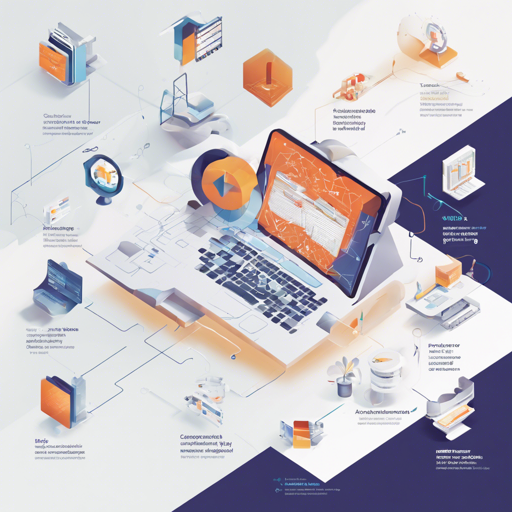Welcome to the fascinating world of Jodd! This unique collection of micro-frameworks and developer-friendly tools for Java is designed for ease and efficiency. If you’re looking to enhance your Java projects with handy utilities and frameworks, you’re in the right place. Let’s walk through how to get started with Jodd effectively.
What is Jodd?
Jodd is a lightweight set of micro-frameworks and tools that cater to various development needs. From JSON parsing to email sending, Jodd provides a plethora of features suitable for developers who prefer a streamlined approach. Think of Jodd as a Swiss Army knife for Java developers; each tool serves a distinct purpose, yet they all fit perfectly together.
Key Features of Jodd
- Cool Libraries:
- jodd-json – JSON parser and serializer.
- jodd-lagarto – HTML parser.
- jodd-http – A tiny HTTP client.
- jodd-mail – Simplifies email sending.
- Micro-Frameworks:
- jodd-madvoc – A slick MVC framework.
- jodd-petite – A pragmatic Dependency Injection container.
- jodd-proxetta – Helps with dynamic proxies.
- jodd-db – Lightweight database layer and object mapper.
- Utilities:
- jodd-core – Everyday utilities.
- jodd-bean – Type inspectors and converters.
- jodd-props – A super-replacement for Java Properties.
Building Jodd from Source
To build Jodd from source, you only need the following:
Once you have these prerequisites, you can follow these steps:
- Clone the Jodd repository from GitHub.
- Navigate to the project directory.
- Use Gradle to build Jodd.
Contributing to Jodd
Want to be part of the Jodd community? Contributing is simple:
- First, fork the Jodd repository to your GitHub account.
- Clone your fork to your local machine.
- Create a new branch for your feature or bug fix.
- Push your changes and submit a pull request.
Troubleshooting Common Issues
Getting started with Jodd may come with its own set of challenges. Here are a few common issues and their solutions:
- Issue: Difficulty in building the application.
- Solution: Ensure that you are using the correct version of Gradle and JDK. Double-check installation paths.
- Issue: Problems with dependencies.
- Solution: Make sure that you are connected to the internet, as Gradle needs to download dependencies from Maven Central. If outdated dependencies cause conflicts, consider cleaning your project and rebuilding.
- Issue: Customizing a framework component does not reflect changes.
- Solution: Verify your branch settings in Git; ensure you are editing the correct files and pushing them effectively.
For more insights, updates, or to collaborate on AI development projects, stay connected with fxis.ai .
At fxis.ai, we believe that such advancements are crucial for the future of AI, as they enable more comprehensive and effective solutions. Our team is continually exploring new methodologies to push the envelope in artificial intelligence, ensuring that our clients benefit from the latest technological innovations.

